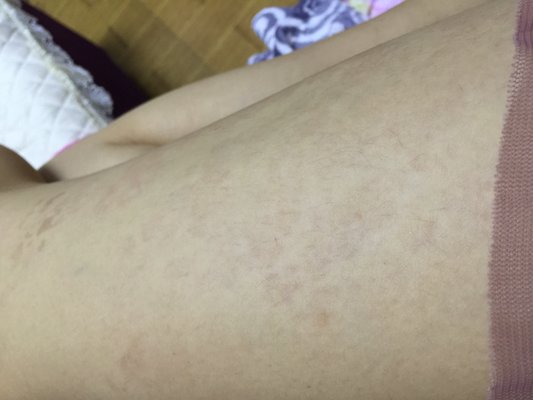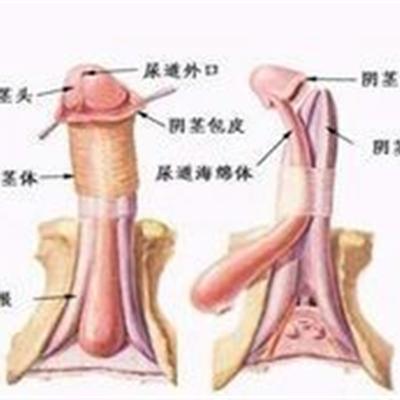How to diagnose and differentiate amoebiasis vulvae?
summary
Amoeba vulvae disease is caused by the invasion of amoeba histolytica into vulvar skin and mucosa. Most of the lesions are secondary to intestinal amoeba disease. It is directly infected by intestinal Entamoeba trophozoites, invading vulva and vagina, causing vulvar mucosa necrosis and ulceration. Amoeba directly infects vulva after defecation. It rarely invades the whole skin. Infant vulvar amoebiasis is often secondary to severe amoebic dysentery. So, how to diagnose and differentiate amoebiasis vulvae? Let's get to know!
How to diagnose and differentiate amoebiasis vulvae?
1. Amoeba 20-40 could be seen on fresh smear µ m. There are active pseudopodia. He staining showed that there were large cell bodies and small pink granules in cytoplasm. By observing the endocytosis of red blood cells in the cytoplasm, we can distinguish whether the amoeba protozoa is in the pathogenic trophozoa stage. Stool examination should be performed when intestinal amoeba disease is suspected.
2. The serological examination of amoebiasis is rarely used in clinic, because the serological antibody reaction often occurs several weeks after amoebiasis invades the tissue. The antibody test of asymptomatic carriers is often negative. The detection methods include indirect hemagglutination, immunofluorescence antibody and enzyme-linked immunosorbent assay. The antibody titer in the serum will last for months to years after recovery, Therefore, it can be used to assist in diagnosis and epidemic screening.
3. On the basis of the ulcer, the granulation tissue at the bottom of the ulcer proliferates to form proliferative granuloma, which presents as uneven papilloma like nodules or cauliflower like protuberances. The texture is hard and easy to bleed when touched. There are purulent secretions and stench on the surface. Amoeba protozoa can be found in the secretions. The diagnosis can be made by finding amoeba in pus and necrotic tissue of ulcer surface.
matters needing attention
Amoeba vulvae disease is caused by the invasion of amoeba histolytica into vulvar skin and mucosa. Most of the lesions are secondary to intestinal amoeba disease. It is directly infected by intestinal Entamoeba trophozoites, invading vulva and vagina, causing vulvar mucosa necrosis and ulceration.










